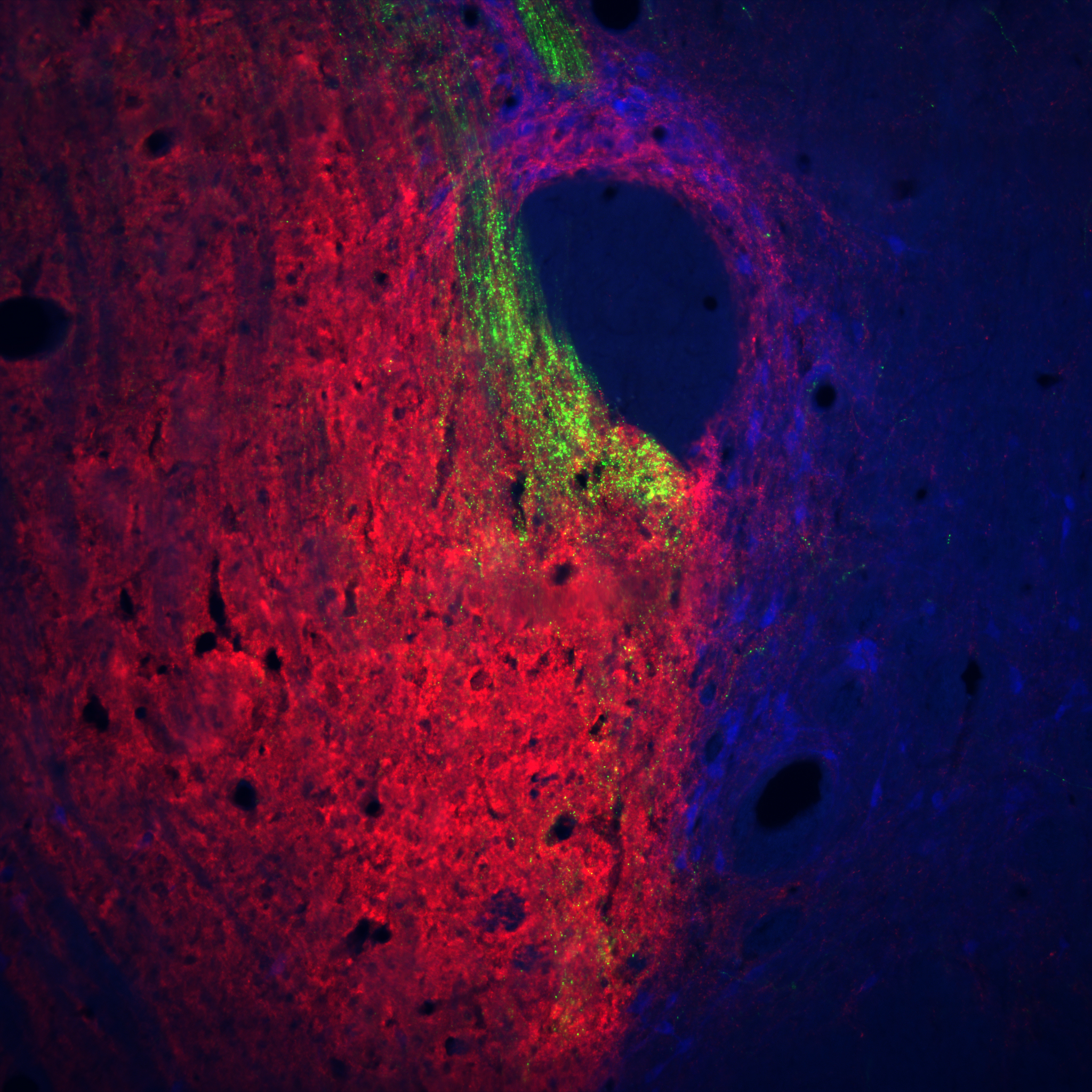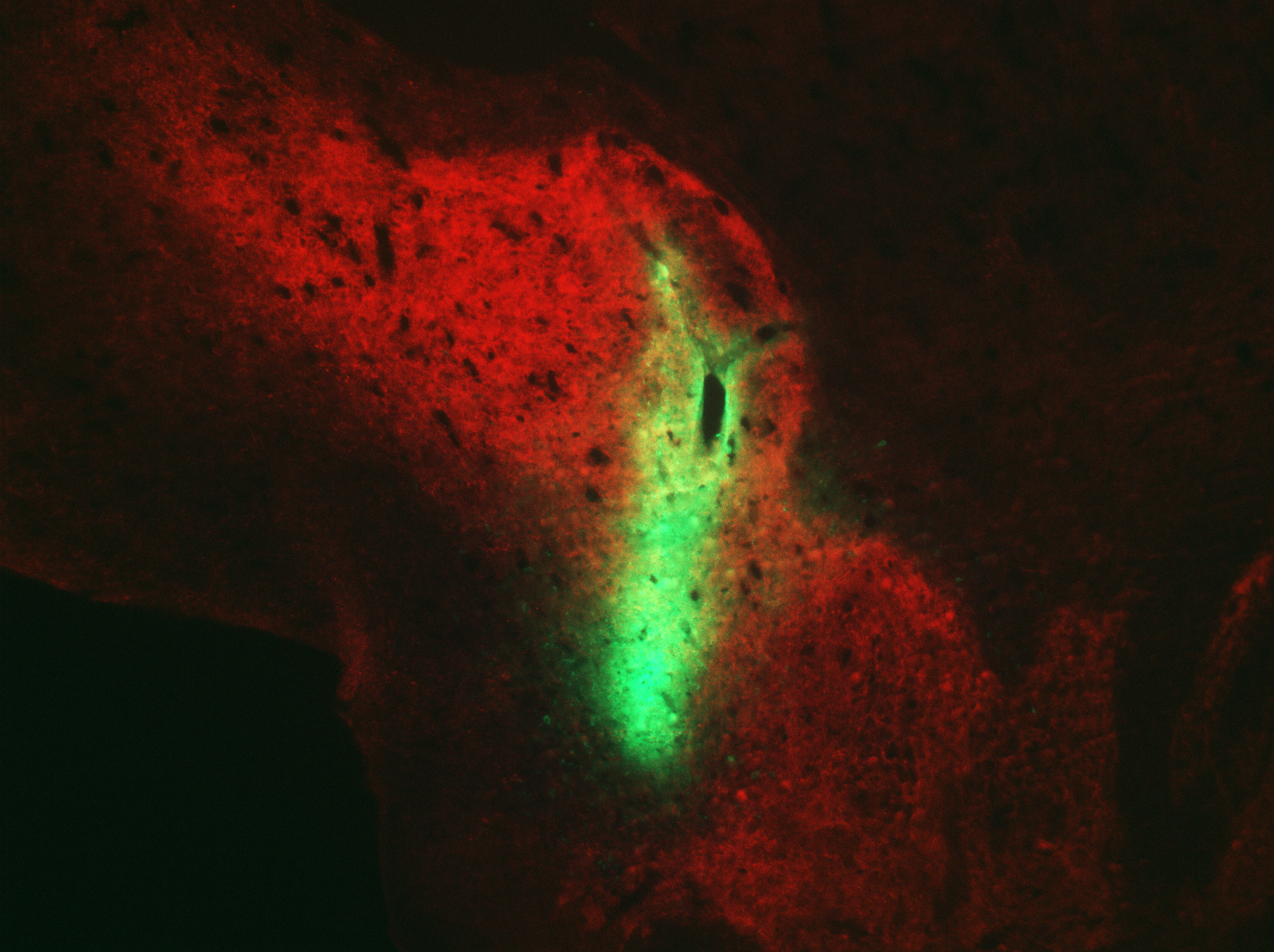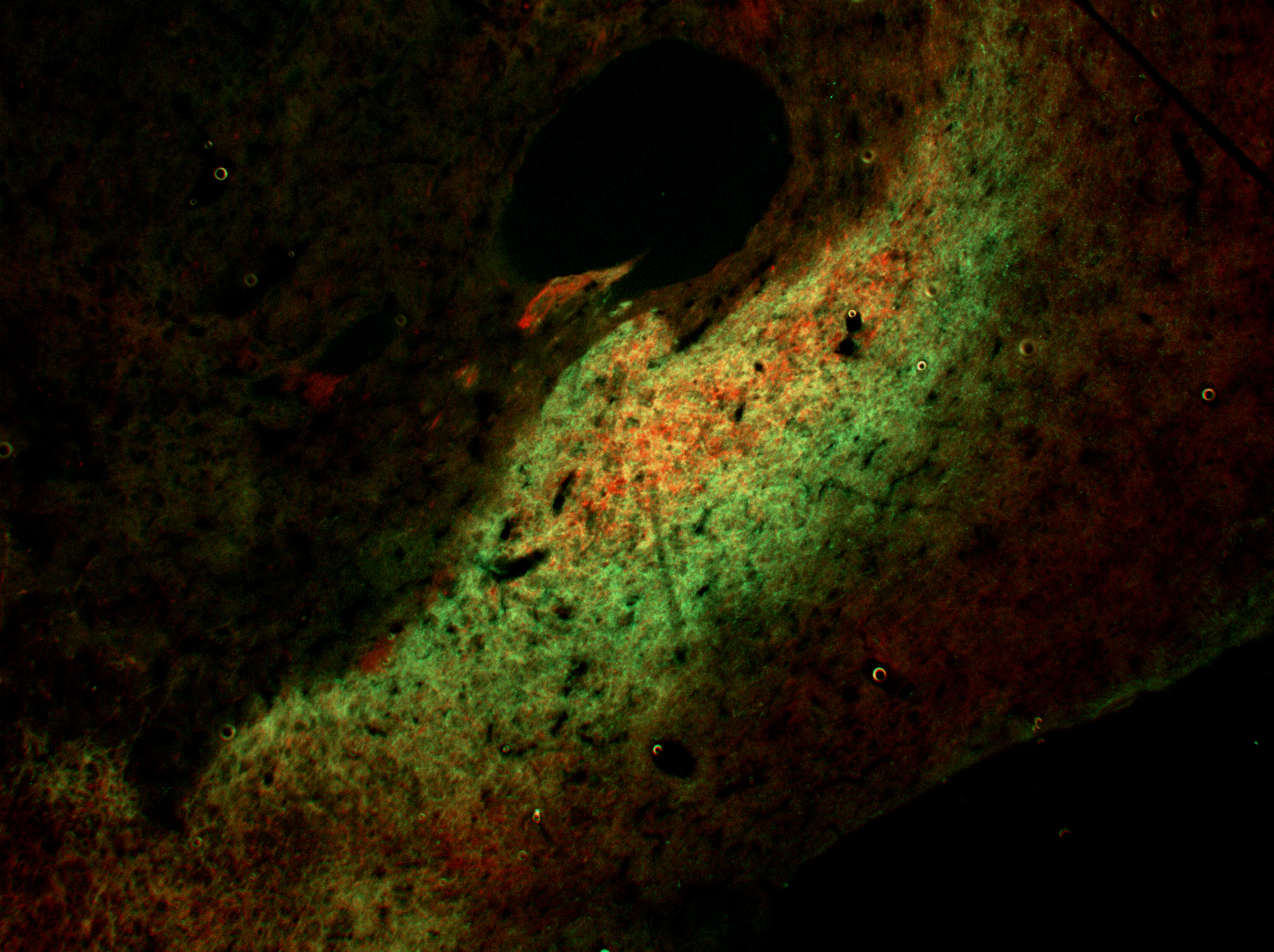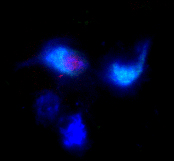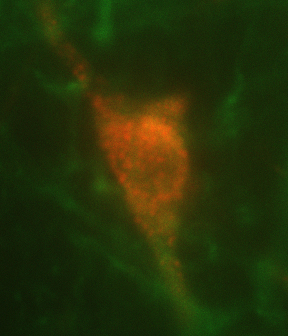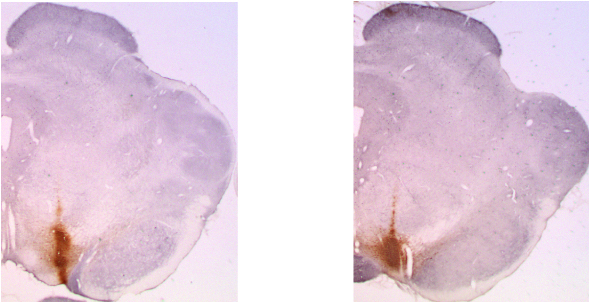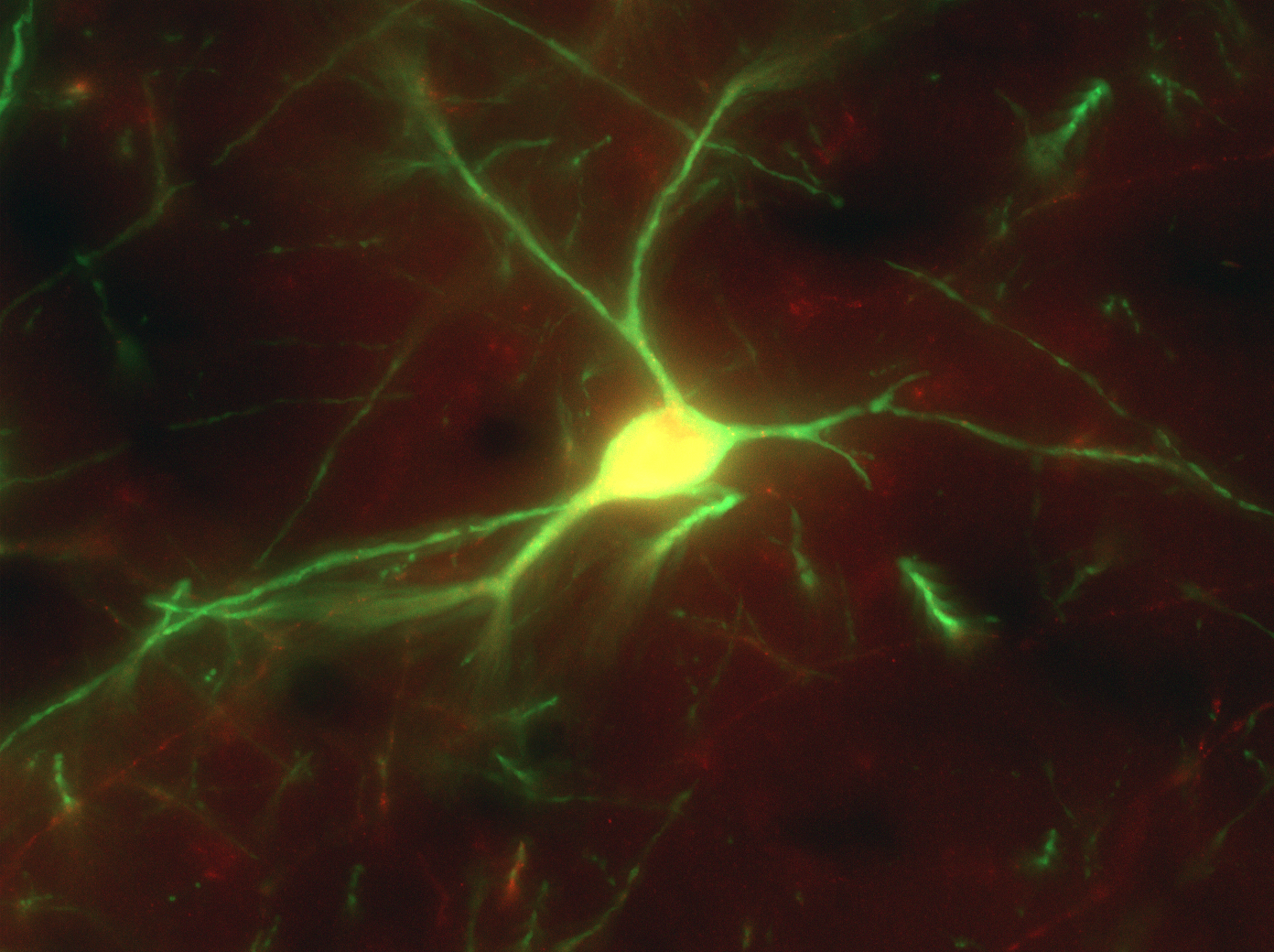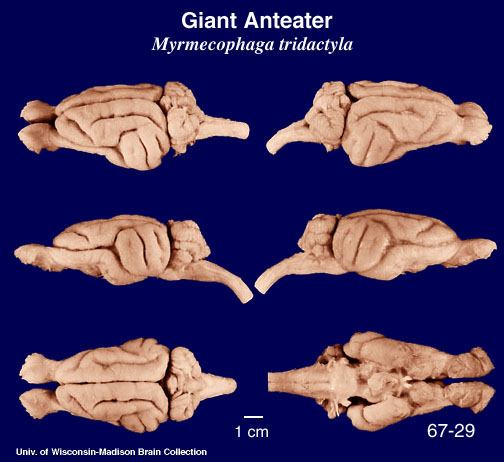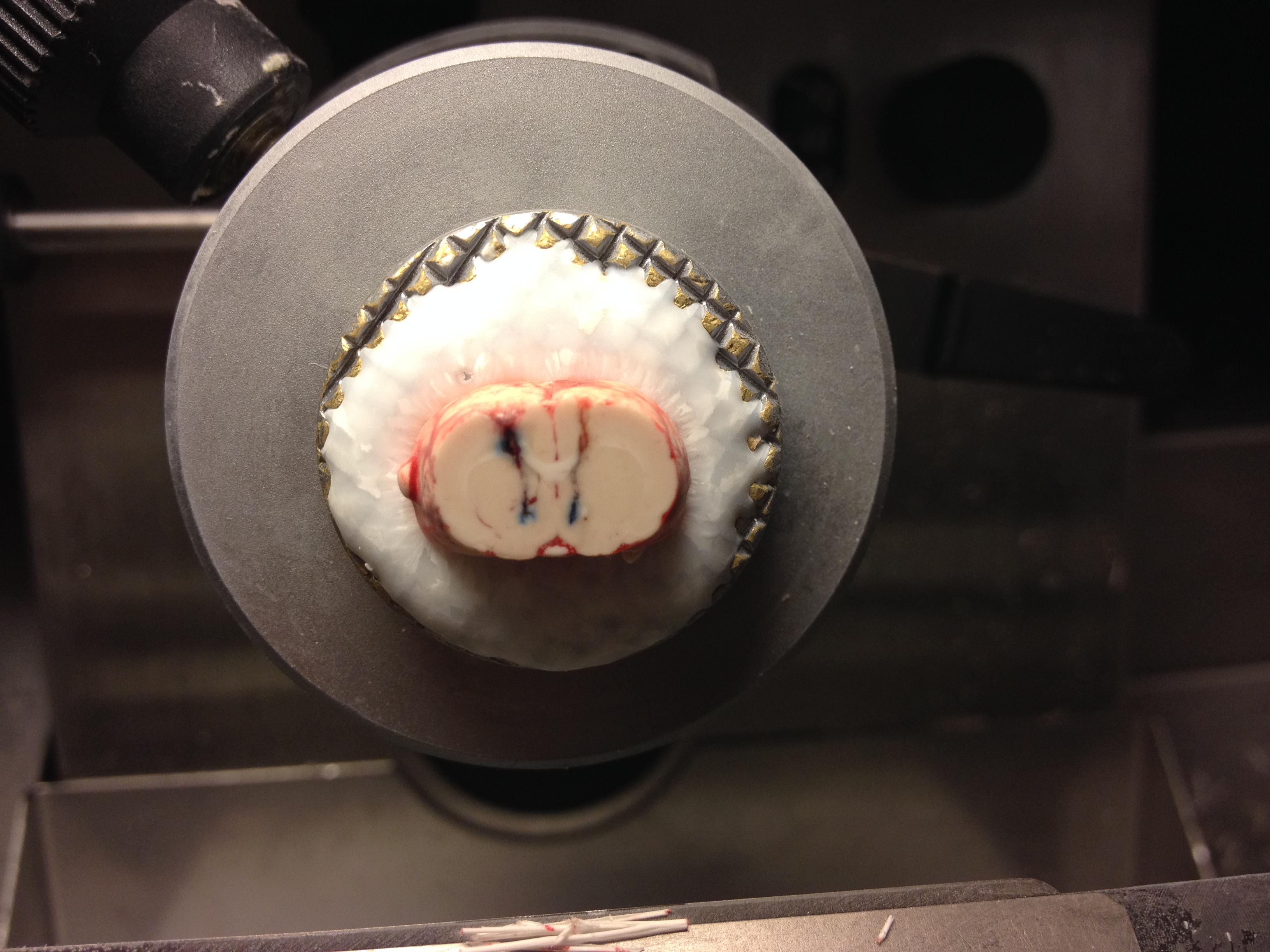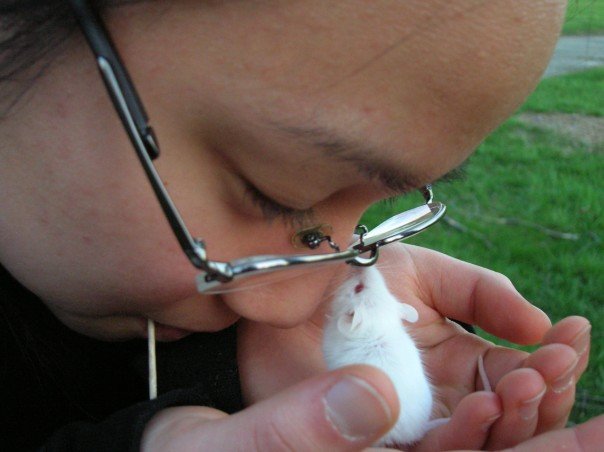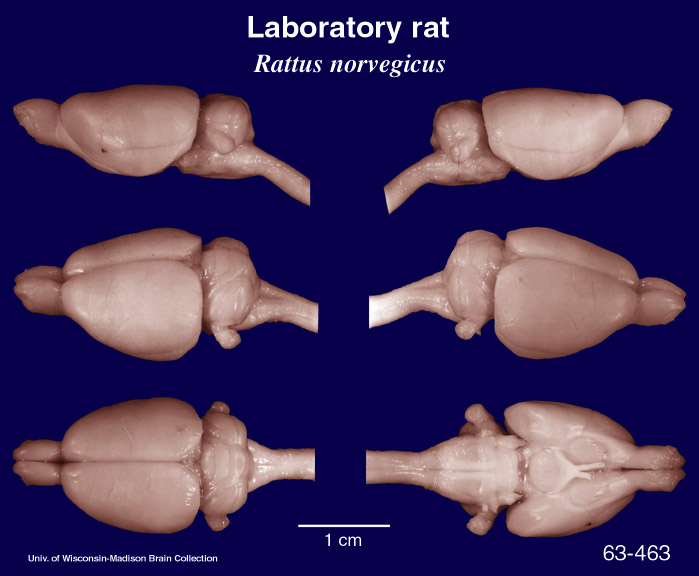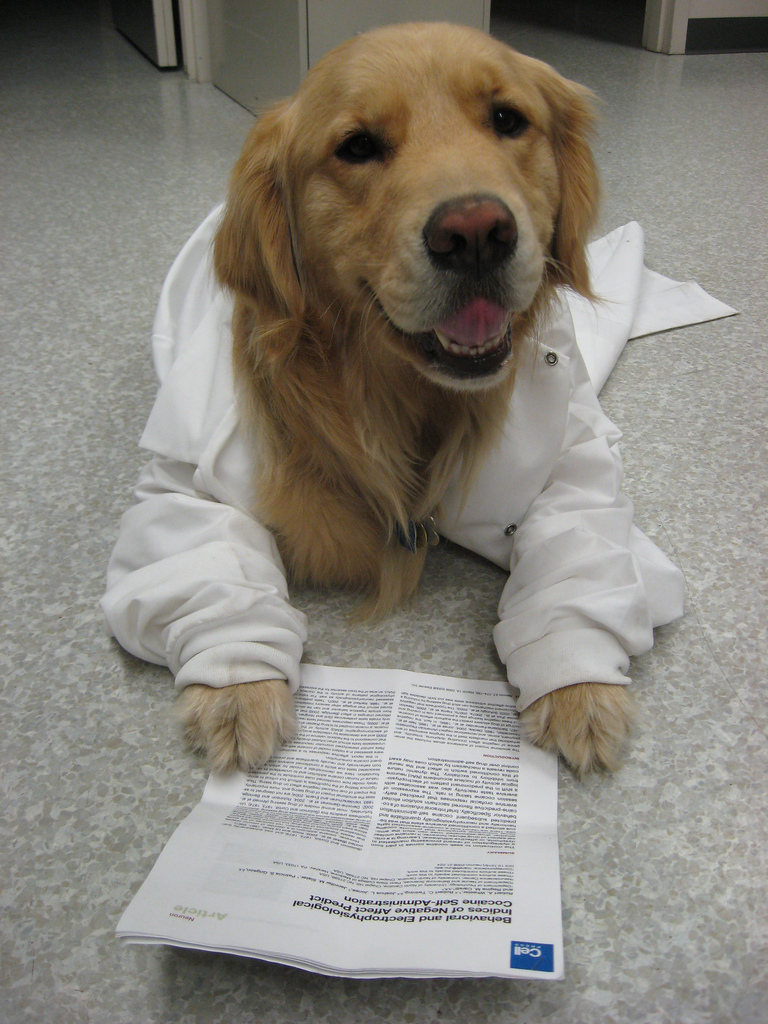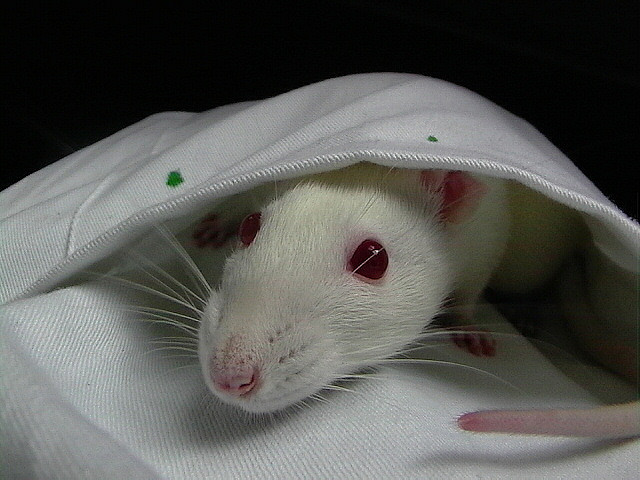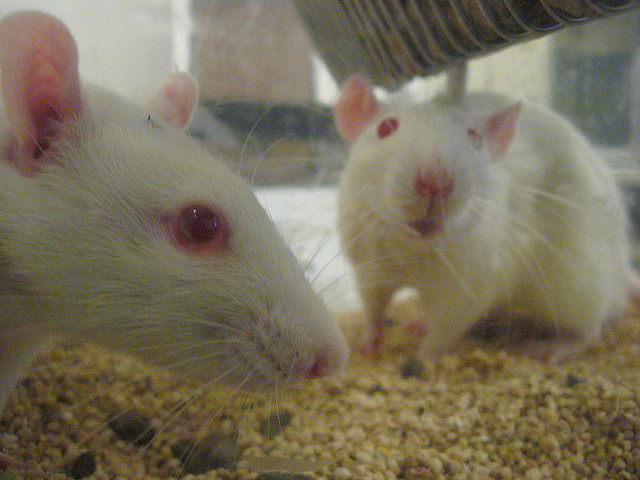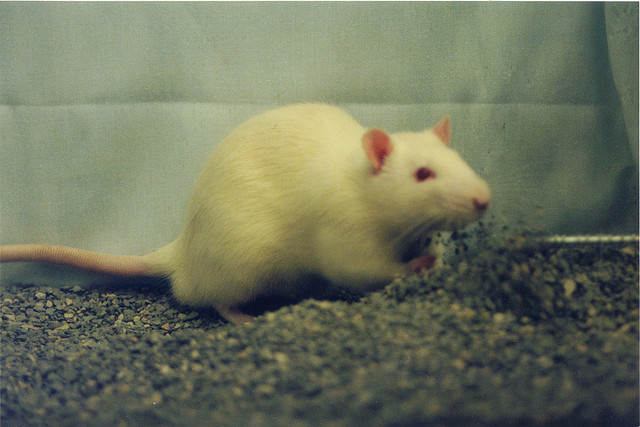Research Premise:
We seek to understand the circuit, neurochemical, molecular mechanisms underlying motivated behavior, and how these change in addiction, depression, and other psychiatric disorders. We use pharmacological, chemo/optogenetic, imaging, neurophysiology, and immunohistochemical tools to ask questions about behavior and brain activity in rodents.
We seek to improve how we model human psychiatric disorders in rats by employing and developing translationally-relevant rat behavioral models, and developmental disruptions that are linked to human disorders. By doing so, we hope to develop new, neuroscience-driven strategies to intervene and prevent these devastating disorders.
Why Study Rats to Understand Humans?
Brain circuits of motivation are evolutionarily ancient, and they are so core to survival that they likely function similarly across mammals. Rats have been a species of choice amongst researchers for over 100 years, both for convenience (they are small, cheap to keep, and thrive in captivity), and because of key similarities of this species to humans (we are social, genetically outbred, share the same preferences in foods and other rewards, and we can employ complex cognitive strategies to achieve goals).
Some questions about higher brain functions can only be asked in humans or other primates, but we find rats particularly suitable for studying fundamental behavioral and psychological process that are shared by all mammals, and which are thought to go awry in human psychiatric disorders. By working with collaborators and asking parallel questions across species, we leverage rats’ behavioral flexibility and precise neural control and monitoring tools, adding mechanistic insights to complementary studies conducted in humans. In this way, we are triangulating the molecular, pharmacological, physiological and behavioral processes underlying both normal, and disordered human behavior.
